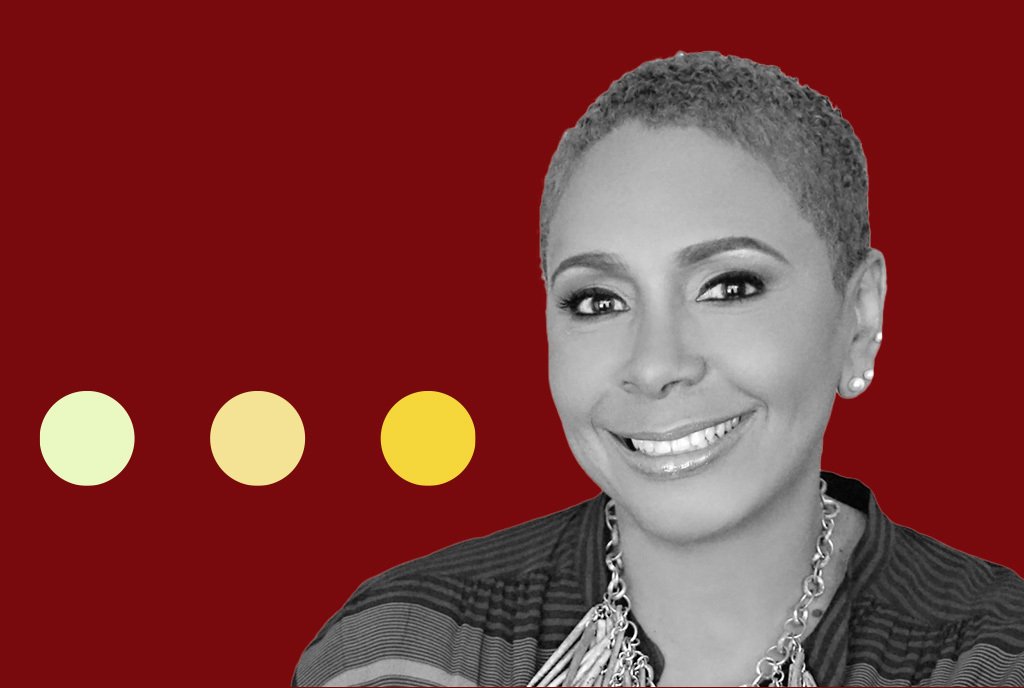In traditional philanthropy, donors give money to solve specific problems. The typical fundraising model asks for X number of dollars to supply Y number of hospital beds, for example, and that offers the giver a concrete understanding of the impact they are making.
It’s different today. New generations come with a fresh perspective and a goal of addressing systemic inequities. In the case of overcrowded and under-resourced hospitals, that might mean looking beyond beds to understand the larger problem.
That’s where trust-based philanthropy comes in. When it comes to addressing the root causes of issues, many next-gen donors see this newer way of doing things as more collaborative and promising than the old-school Band-Aid approaches.
What Is Trust-Based Philanthropy?
In trust-based philanthropy, funders want to build relationships with their grantees, listening to their needs and ideas, and giving them more autonomy in how they use funding. It’s viewed by both sides as a partnership based on trust, mutual respect and transparency. The approach shifts power dynamics, where traditional grant-making models may raise barriers that can keep nonprofit organizations from reaching full potential. Advocates of this approach think nonprofits understand their own financial needs best, and that some of the most important giving isn’t always the easiest to see.
Shaady Salehi is the executive director of the Trust-Based Philanthropy Project, a peer-to-peer funding initiative that addresses “the inherent power imbalances between foundations and nonprofits.”
“Trust-based philanthropy has gained momentum in the last several years as a necessary response to the complexity and unpredictability of our world,” Salehi says. “By trusting the vision of leaders—and shifting philanthropic practices from transactional to more relational—donors are able to be more strategic in their giving while creating the conditions for deeper transparency and learning.”
Salehi says that many of the priorities of next-gen donors include things like systems change, climate solutions and technological advancement. These things, she says, “require innovative and iterative action from the people working on those issues. Trust-based philanthropy frees up nonprofits so that their time can be spent on addressing these problems rather than focusing on donors’ various and sometimes competing requirements.”
This type of philanthropic approach can take a variety of forms. Some donors want to put money toward general operating support for charities. Others may remove restrictions from their gifts, which allows nonprofit organizers to use funds on a discretionary basis when and where they are needed. One of the most generous and visible philanthropists in recent years, MacKenzie Scott, often makes large donations in this way to give nonprofits the widest latitude in fulfilling their mission. This is notably different from the specific instructions and conditions that often accompany the largest grants, restrictions meant to ensure that gifted funds are used in the way the donor intended.
The trust-based approach stands out in other ways as well:
• Donors can provide multi-year funding commitments rather than onetime or short-term grants. These commitments give grantee organizations the flexibility to pursue their own goals and strategies, rather than being tied to specific projects or metrics.
• Donors can also offer capacity-building support, such as training and technical assistance, to help charitable organizations strengthen their operations and governance.
• The approach can entail philanthropists working directly with communities and their members so they have a role in selecting and prioritizing grant recipients and making key decisions. There are other forms of community engagement as well, such as listening sessions, community forums and surveys.
• And the approach facilitates collaboration and partnership among organizations, rather than fostering competition. In funding collaborative efforts, coalitions or networks of multiple organizations can work collectively toward a common goal or issue.
How Can Advisors Help?
This type of philanthropy is likely to resonate with younger generations, who like innovative and unconventional approaches and who value learning and improvement rather than a rigid adherence to predetermined outcomes. They likely see it as a way to pursue more impactful and sustainable change.
Financial advisors with client families can play an important role in helping younger philanthropists pursue this type of giving by getting all the family stakeholders on the same page. This starts with early education and helping families members at all age levels understand the concept, alongside the importance of building trust, fostering collaboration and promoting transparency.
It also means listening—understanding younger family members’ motivations, aspirations and concerns and helping them align their giving with their personal values and long-term goals. By understanding their unique perspectives and priorities, financial advisors can guide next-gen donors in developing a trust-based approach that is meaningful for them and effective.
Moreover, advisors can help younger donors engage with the communities they aim to serve by facilitating opportunities for them to listen to and learn from community members. For instance, donors can conduct site visits to nonprofit organizations, attend local events and participate in stakeholder engagement processes. Active involvement within a community can help next-gen donors gain a deeper understanding of a community’s needs and perspectives, and foster grassroots relationships with key collaborators and allies.
Lastly, advisors can also build networks among younger donors who are interested in similar causes, promoting collective action and helping them learn from one another’s experiences.
Now is the time to engage with the next generation of givers—both philosophically and practically. By taking a proactive and holistic approach, financial advisors can help young donors create philanthropic strategies that better align with their values and goals.
Hannah Shaw Grove is chief marketing officer at Foundation Source, the nation’s largest provider of support services to private and family foundations.
Credit:Source link



